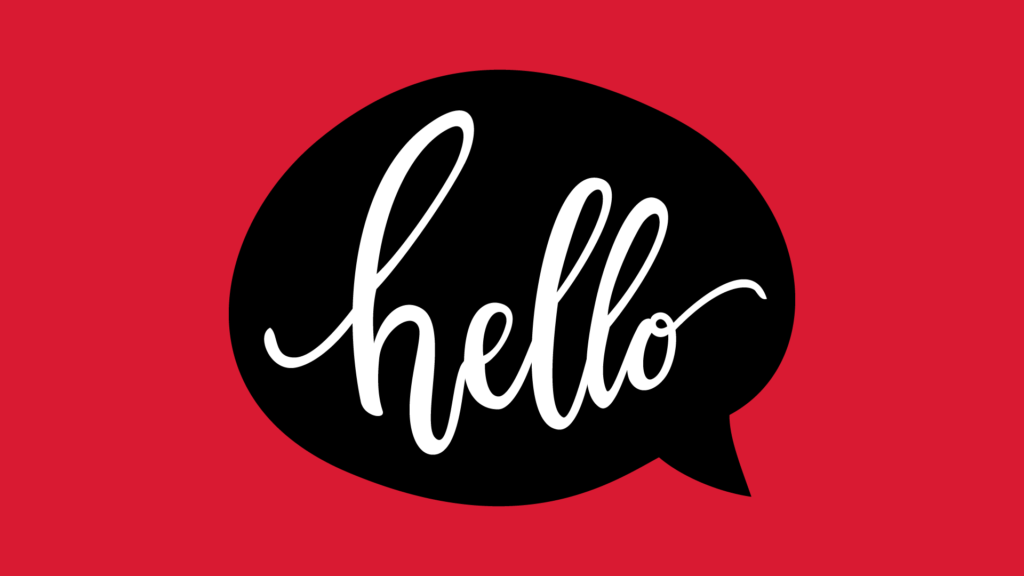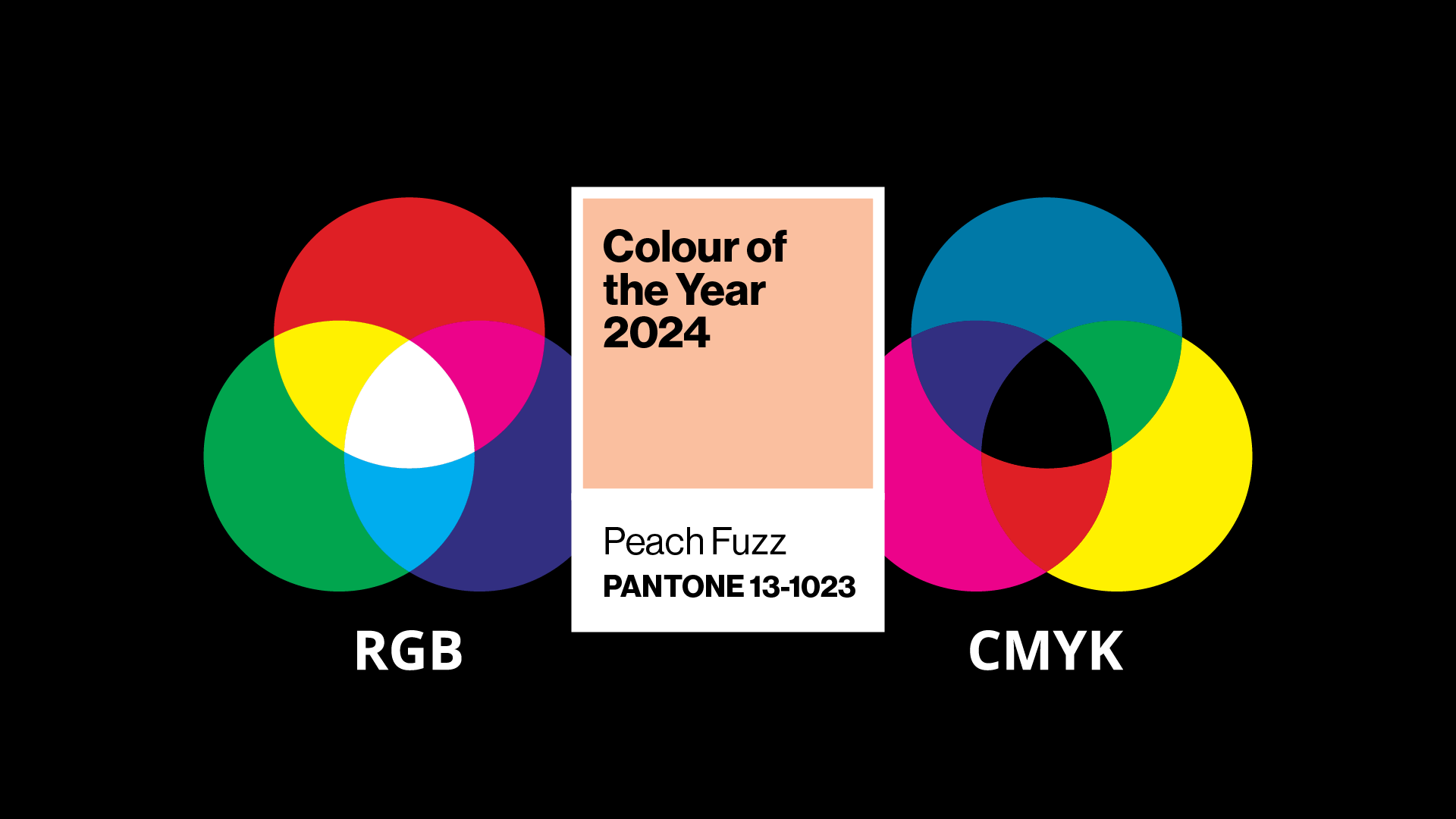Sydney Writers’ Festival provided me with pure literary nourishment across a breadth of written forms – that at first glance may seem unrelated to copywriting. However, just as taste may seem a given topic to cover when writing about food, MasterChef winner Adam Liaw says writing about taste is boring; food is about the total experience so humour me, if you will, for a moment.
From non-fiction and fiction to poetry, I explored the full gamut of language with Australia’s best-known authors, journalists, critics and poets.
In Slicing, Dicing, Writing chefs and restauranteurs, Rick Stein and Adam Liaw; food writer Andrew Lewins; and restaurant critic Miffy Rigby discussed food writing from menus to marketing, trends in cookery books, blogs, and celebrity chefs.
The language of love and infatuation was presented beautifully by author Robert Dessaix in What Are Days For. Keeping It Real: Realistic Issues in Young Adult Fiction was discussed by Young Adult authors: Laurie Halse Anderson, Melina Marchetta, Erin Gough and Barry Jonsberg. In Family Matters authors Kate Grenville, Barrie Cassidy and Ramona Koval told of their experiences on the ethics of writing about family for memoir. While in The World In Three Poets, acclaimed poets Les Murray, David Malouf and Ben Okri wove their spell with the music and beauty of words in rhythmic lines.
Each written form and genre can be relevant to commercial writing because each can fire the imagination and inspire a new perspective that can be adapted, repurposed or simply used as a muse. In the business of copywriting, we write stories for many brands across diverse industry sectors and forms. Whether it’s a headline, a new product or an engaging story about a service, communication wears many hats and has many voices that can either reach the high notes of soprano or be way off key. Take food; according to Rick Stein, when writing a menu it’s about getting emotional meaning into a small space, which is a bit like writing a headline or a new product name.
It’s good practice to read across all genres in order to improve your writing, and to discover what kind of stories lull you. You will notice that each form has its own unique language. Young Adult fiction is a prime example; this age group share a very specific language. Barry Jonsberg said when he read about a group of teen boys in a sports locker room telling each other to “Rack off!” he knew instinctively this wasn’t the language they would really use, but was the result of a publisher’s conservative editing! I take my cues from dialogue in fiction; finding the right tone of a person’s authentic voice is a little like finding the right voice for a brand. Does it ring true or sound fake?
Developing fictive characters is similar to building brands. Like characters, brands have shape, personality, and are all very different; some use humour and sarcasm, some seduce, while others are serious. They spring into life when they speak – visually and verbally. Award-winning author Laurie Halse Anderson said that during the process of writing a novel, the story begins when the characters begin to whisper to her. While I don’t claim to have experienced brands actually whisper to me, I love the sentiment.
Poetry, in all its flowery mystery and romance, may seem like an irrelevant or inaccessible form. And yet, as Ben Okri so eloquently defined it: “poetry is the beauty of simple things that tell the truth of human experience.” It’s not all romance and flowers either, Australian poet Les Murray talks about taboos such as depression and autism. Poetry is a way of expressing reality in all its beauty, ugliness and difficulty.
As Okri said: “We name the world with words. Words have a great impact on our consciousness. They spark the imagination, and have a magnifying effect.”
Contact Zadro Agency to bring your words and stories to life in your communications.




